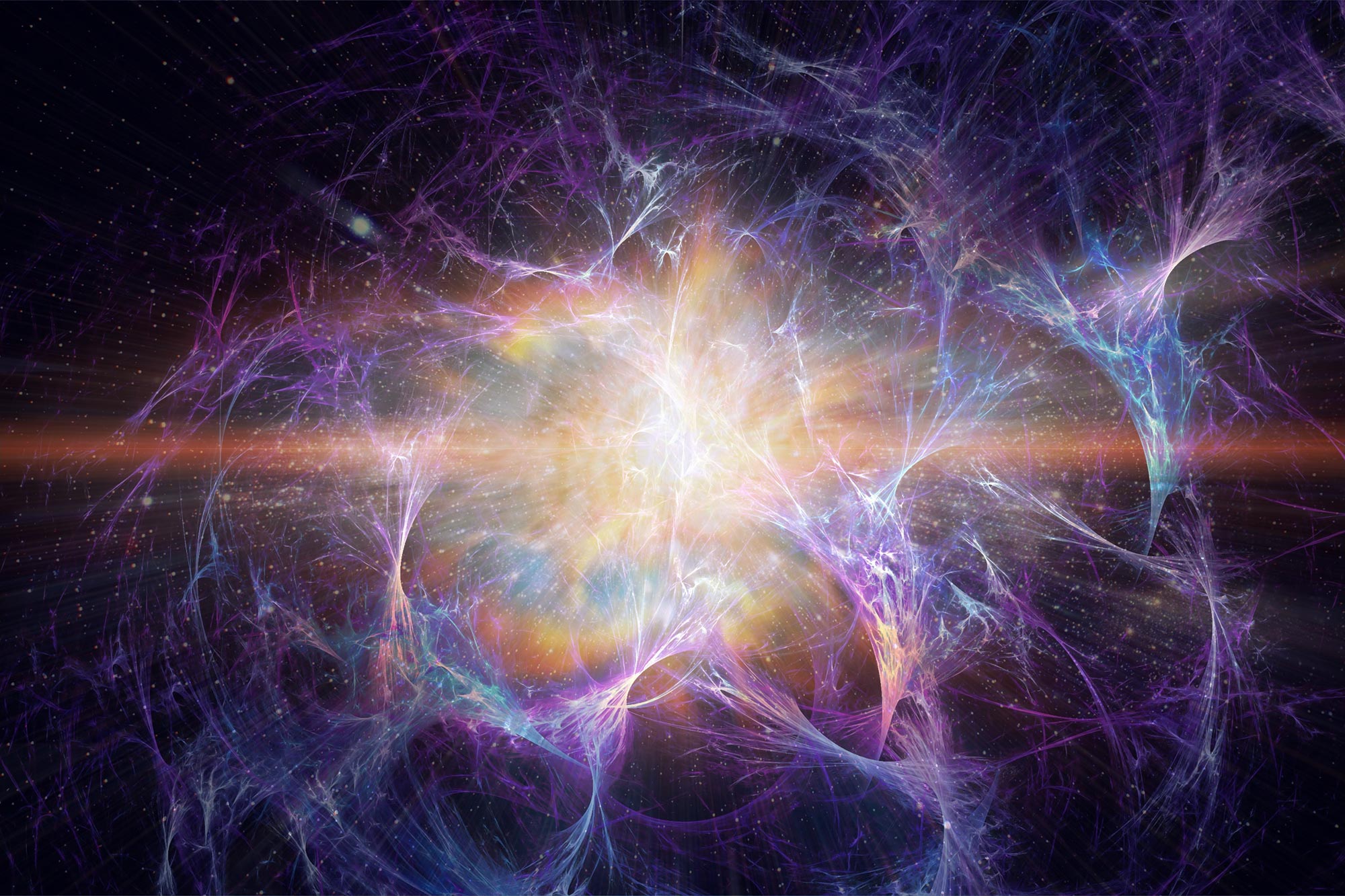A recent study from the ARC Center of Excellence for Dark Matter Particle Physics suggests that neutron stars could play a crucial role in understanding dark matter. The study found that when dark matter particles collide into neutron stars, they can quickly heat these stars, potentially making them observable with future astronomical technologies. This rapid warming process, previously thought to take longer than the age of the universe, now appears to be achievable within days, offering a new method to study the interactions of dark matter with regular matter.
Recent research indicates that neutron stars can heat up rapidly due to collisions with dark matter, providing a new way to detect and study dark matter.
Scientists may be one step closer to unraveling one of the universe’s greatest mysteries. Their recent calculations suggest that neutron stars could play a crucial role in shedding light on the mysterious dark matter.
In an article published in The Journal of Cosmology and Astroparticle PhysicsPhysicists at the ARC Center of Excellence for Dark Matter Particle Physics, led by the University of Melbourne, have calculated that energy transferred when dark matter particles collide and destroy in cold, dead neutron stars can heat up the stars very quickly.
It was previously thought that this energy transfer could last a very long time, in some cases even longer than the age of the universe itself, making this warming irrelevant.
Professor Nicole Bell from the University of Melbourne said the new calculations show for the first time that most of the energy will be dumped within just a few days.
“The search for dark matter is one of the great detective stories in science. Dark matter makes up 85 percent of the matter in our universe, yet we cannot see it. Dark matter does not interact with light: it does not absorb light, it does not reflect light, and it does not emit light. This means that our telescopes cannot directly observe it, even though we know it exists. Instead, the force of gravity on objects we can see tells us it must be there.
“It’s one thing to predict dark matter theoretically, but it’s another to observe it experimentally. Experiments on Earth are limited by the technical challenges associated with making sufficiently large detectors. However, neutron stars act as enormous natural dark matter detectors, which have been collecting dark matter for astronomically long time scales, so they are a good place for us to focus our efforts,” said Professor Bell.
The role of neutron stars in the detection of dark matter
Neutron stars are formed when a supermassive star runs out of fuel and collapses. They have a mass comparable to that of our sun, squeezed into a ball only 20 km wide. No matter how denser they were, they would become black holes.
“Although dark matter is the dominant type of matter in the universe, it is very difficult to detect because its interactions with ordinary matter are very weak. So weak in fact that dark matter can pass straight through the Earth or even the sun.
“But neutron stars are different: they are so compact that dark matter particles are much more likely to interact with the star. When dark matter particles collide with neutrons in the star, they lose energy and become stuck. Over time, this would lead to a build-up of dark matter in the star,” said Professor Bell.
PhD candidate Michael Virgato from the University of Melbourne said this is expected to heat old, cold neutron stars to a level that could be within the range of future observations, or even cause the star to collapse to a level. black hole.
“If the energy transfer happens fast enough, the neutron star would be heated up. For this to happen, the dark matter must undergo many collisions within the star, transferring more and more of the dark matter’s energy, until eventually all the energy is deposited in the star,” said Mr Virgato.
It was previously unknown how long this process would take, because as the energy of the dark matter particles gets smaller and smaller, they become less and less likely to interact with each other again. As a result, it was thought that transferring all the energy would take a very long time – sometimes longer than the age of the universe. Instead, the researchers calculated that 99% of the energy is transferred in just a few days.
“This is good news because it means that dark matter can heat neutron stars to a level that can potentially be detected. As a result, the observation of a cold neutron star would provide vital information about the interactions between dark and regular matter, shedding light on the nature of this elusive substance.
“If we want to understand dark matter – which is everywhere – it is crucial that we use every technique at our disposal to find out what the hidden matter of our universe actually is,” Mr Virgato said.
Reference: “Thermalization and Annihilation of Dark Matter in Neutron Stars” by Nicole F. Bell, Giorgio Busoni, Sandra Robles and Michael Virgato, April 3, 2024, Journal of Cosmology and Astroparticle Physics.
DOI: 10.1088/1475-7516/2024/04/006
This research was conducted by a team of international experts from the ARC Center of Excellence for Dark Matter Particle Physics, including Professor Nicole Bell and Michael Virgato from the University of Melbourne, Dr. Giorgio Busoni of the Australian National University and dr. Sandra Robles from Fermi National Accelerator Laboratory, USA.
